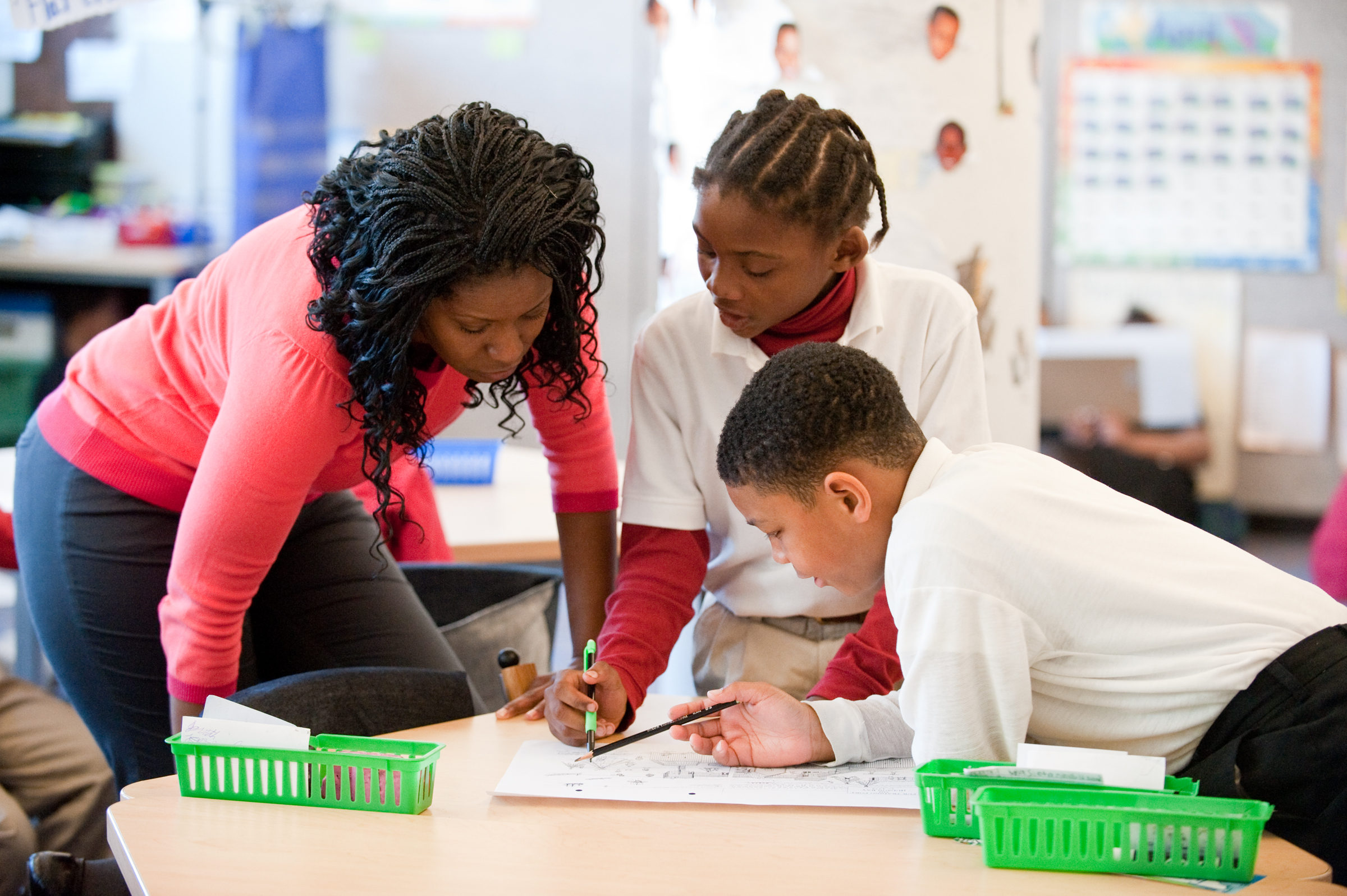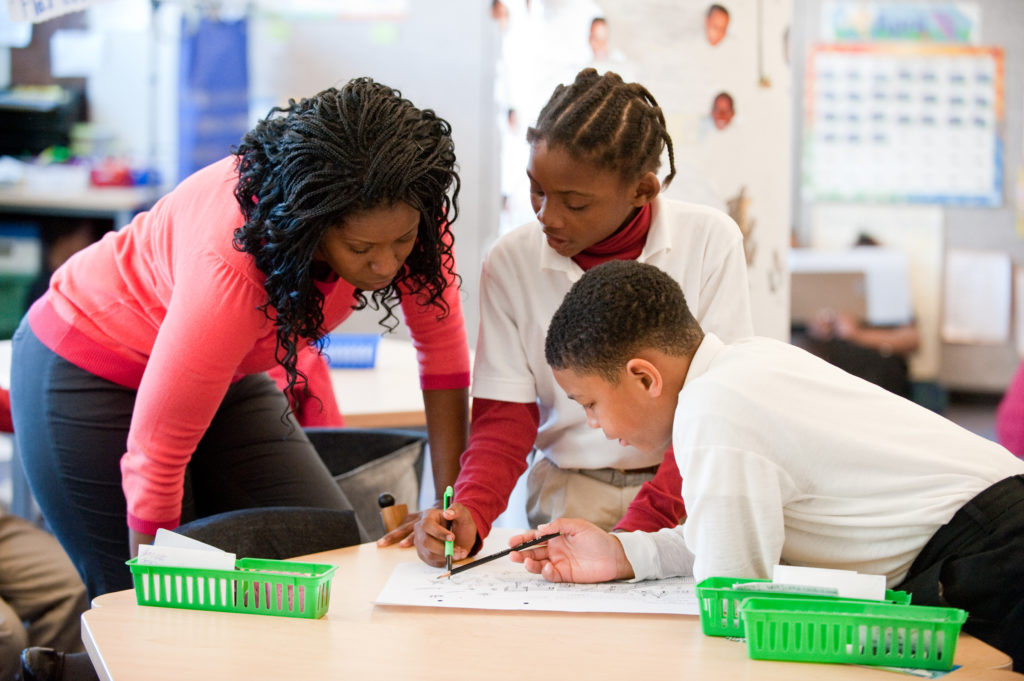Making Learning Meaningful: It’s All About the Why


A few years ago, as I looked around the fourth/fifth grade combination class I taught, I saw a student staring at her math notebook and slowly shaking her head. I wandered over to her and said, “You can always talk to me if something is puzzling you. I might be able to help.”
“It’s not the math,” she said. “It’s just … I like fractions and all, but I don’t know why I’m learning this. When will I ever use it?”
In that second, I realized that I had been so focused on getting the instruction across that I’d forgotten a crucial part of the lesson: the Why. I hadn’t taken time to help students see that the learning I was asking them to do connected with their daily lives. Without that connection, learning lacks meaning. And without meaning, students often struggle to find the motivation and the energy needed for the hard work of learning.
I began thinking a lot about ways I could give students the Why for each of our lessons. Computation of decimals was coming up—usually a tough skill to master. I decided to try a new approach to make the learning meaningful. First, I’d help students draw on their own experiences and background knowledge about decimals. Then I’d use those connections to help them see the importance of the skill. Here’s how I did it.
Introduce the skill and look for a connection to students’ lives
I wrote 1.39 on the board, asked students what they recognized about this number, and recorded all their ideas on chart paper:
“That looks like a price.”
“I’ve seen that in the grocery store.”
“I saw that at the candy shop!”
A few students even related the number to previous learning in school:
“Part of that is a decimal.”
“It has a decimal point.”
“The decimal part means less than one whole.”
This discussion gave me insight into students’ knowledge about decimals and helped me find the association that would become their link to the new skill. Right away, I noticed that many ideas students shared related decimals to money—a lot of their connections had something to do with shopping or buying. Eureka! This common theme from their background knowledge became the anchor for instruction.
Create a lesson based on personal connections
Once I found that connection to buying, I was able to use it to foster students’ curiosity and encourage them to take ownership of their learning by creating a class mall. Each small group of shoppers chose a “store” in the mall. Then group members drew a few products likely to be found in their store and labeled each product with its price. They made signs for their stores, and we put the class mall up on one of our bulletin boards. The mall became our touchpoint for any kind of computation with decimals.
Once I’d taught the basics of adding, subtracting, and multiplying decimals, I paired students up and sent them on a shopping trip—each pair with an imaginary $20 to spend. As they talked about which things they could afford to buy, they deepened their learning about decimals and further connected that learning to their interest in shopping. As I walked around the room, I heard bits of engaged and productive conversations:
“How will you know if you’ll have enough money to buy those two shirts?”
“One shirt costs $9.79. We really need to do the addition because those decimals could add up to more than a dollar.”
“If I have twenty dollars, can I buy twelve candy whistles? Can you help me figure it out?”
“One candy whistle is $0.49. If we change it to $0.50, then we can multiply 12 times $0.50 to get $6.00.”
“But then, don’t forget, we’ll have to subtract $0.12 from that since we added a penny to each price … I think we have enough!”
“How much money will I get back if I give the cashier five dollars for one of the toy cars?”
“One toy car is $3.79. That’s less than four dollars, so I bet you’ll get more than a dollar back. Let’s subtract to find out.”
While students grew more comfortable with their new computation skills, they also became more invested in the outcome because they were using the connections that mattered to them. The result: more engagement and more focused thinking.
Invite students to reflect
Afterward, I asked students to reflect on the lesson: “How does knowing how to add and subtract decimals help you when you’re shopping?”
Students offered insightful comments like these:
“I can really tell how much more expensive one thing is than another. I don’t have to guess.”
“We have to use decimals to know the whole price when we’re buying things that cost parts of dollars, like $5.95.”
Finally, I asked an open-ended question to help students build more connections between their learning and their lives: “What other ways do you think knowing how to work with decimals could help you in your life?”
Students answered:
“When my mom pumps gas, it tells how many gallons and how much she owes in decimals.”
“When I watch sports, I see decimals; so maybe I could use those to help me see how many more points one team has.”
“Now I can shop all on my own without having to ask someone for help.”
After everyone made personal connections, I finished off by saying, “Now that you know to look for decimals, you’ll notice them everywhere! When we see some, let’s be sure to share them and discuss how they were being used.”
More Sample Lessons
Here are two more examples showing how to connect learning to things that matter to students:
| Subject | Question inviting personal connections | Student answers that show personal connection | Lesson created | Student reflection on learning |
|---|---|---|---|---|
| Writing | After the class read the book I Wanna Iguana by Karen Kaufman Orloff, I asked, “Have you ever tried to convince someone to do something?” | “I tried to convince my mom to let me sell my little brother; it did not go so well.” “I tried to convince my friend to go to a movie I wanted to see.” | My response: “We might get a class pet. It’s a lot of work, though, so I will need some convincing. In small groups, brainstorm some ways to persuade me to get a class pet, including which kind of pet we should get, and why.” | “When our ideas were clear and organized, it was hard for you to argue against us because we had more reasons to follow up.” “Being prepared for what you might say helped me to think about the important parts of my side.” |
| History/Oral Speaking | During a unit on the American Revolution, I said, “We’ve been talking about how the colonists were unhappy with things in the New World. But England was also pretty frustrated. What are some ways that conflict can be handled?” | “When my friend and I argue, we sometimes shout.” “It’s fair when both people in the conflict have a chance to talk.” | My response: “We’re going to have a debate. I’ll divide the class into two groups—the Patriots and the Loyalists. Each side will have writers, speakers, and fact-checkers.” | “Now that I understand both sides, it’s easy to see why they were fighting.” “I can see why England was upset, but if we hadn’t fought for ourselves, we wouldn’t be a country today.” |
Teaching to the Why
Once I discovered the power of connecting learning to students’ lives, I looked for every opportunity to have conversations about what mattered to them. I observed them more closely, listened to what they had to say about their interests, and made sure to note places in the curriculum where I could add more real-life connections.
And I’ve seen similar results with every class that’s followed. Students really do learn more when my instruction is all about the Why.
By Caitie Meehan
Learn more:
Elementary
Middle School
Tags: Engaging Academics, Language Arts, Social Studies
